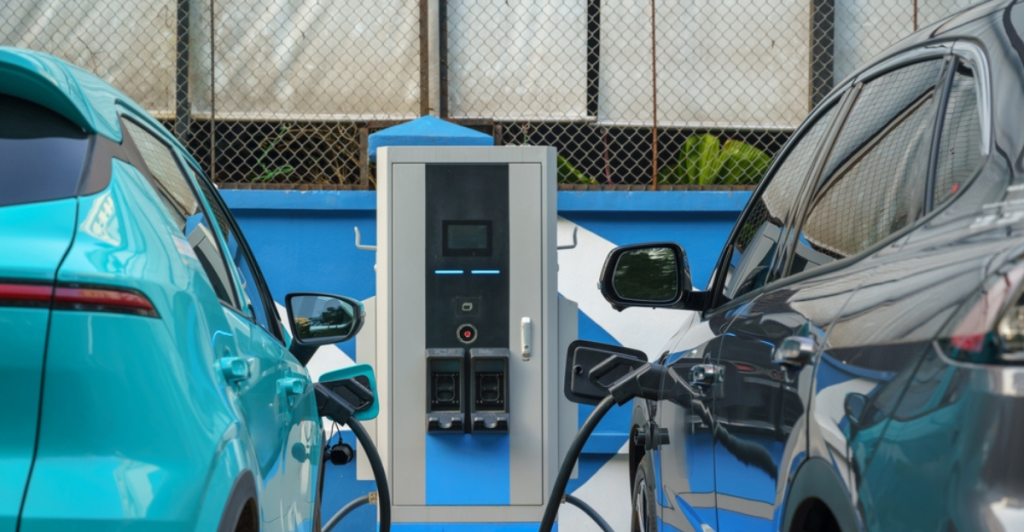While ordinary citizens face pressure to switch to electric cars, many government ministers continue to ride in diesel-powered vehicles.
Others are reading now
Across Europe, governments are urging drivers to trade in their gasoline and diesel cars for electric vehicles (EVs).
But many officials are in no rush to make the switch themselves, leaving a noticeable gap between policy and personal practice.
In Denmark, for example, only 4 out of 32 ministerial cars are electric.
In England, the situation is even worse, according to new data reported by What Car?
Also read
According to the figures, just 20% of cars in the UK government’s fleet are electric. The rest still largely rely on traditional fuels:
- 35% run on diesel
- 35% are hybrids
- 6% are gasoline-powered
- 2% are plug-in hybrids
The numbers are especially low at the Ministry of Justice, where only 16% of its fleet uses electric power.
Critics are calling out the contradiction, with some labeling it hypocritical that the government has not yet cleaned up its own fleet while pushing aggressive EV mandates on the public.
“It is completely wrong that the government does not clean up its own fleet,” critics argue.
Falling Short of Ambitious Promises
The gap becomes even more striking when compared to the UK government’s own target of having 100% electric cars in its fleet by 2027, a full three years before the planned public ban on new gasoline and diesel cars.
Meanwhile, the electric vehicle ban deadline for the general public has shifted multiple times:
- Originally set for 2030
- Delayed to 2035
- Then moved back again
This back-and-forth adds to growing public confusion and frustration, especially as government officials continue to enjoy the convenience of diesel and hybrid vehicles.
In Denmark, the numbers may look slightly better, but the situation is still far from matching the official green ambitions.
With only 4 out of 32 ministerial cars running on electricity, Danish ministers are also failing to lead by example, despite rising taxes designed to encourage regular drivers to switch to electric.
While governments continue to tighten rules and raise taxes to steer ordinary citizens toward electric cars, their own fleets show they’re still far from meeting their own goals.
For many voters, this gap raises the simple question: “If politicians won’t drive electric themselves, why should we?”


